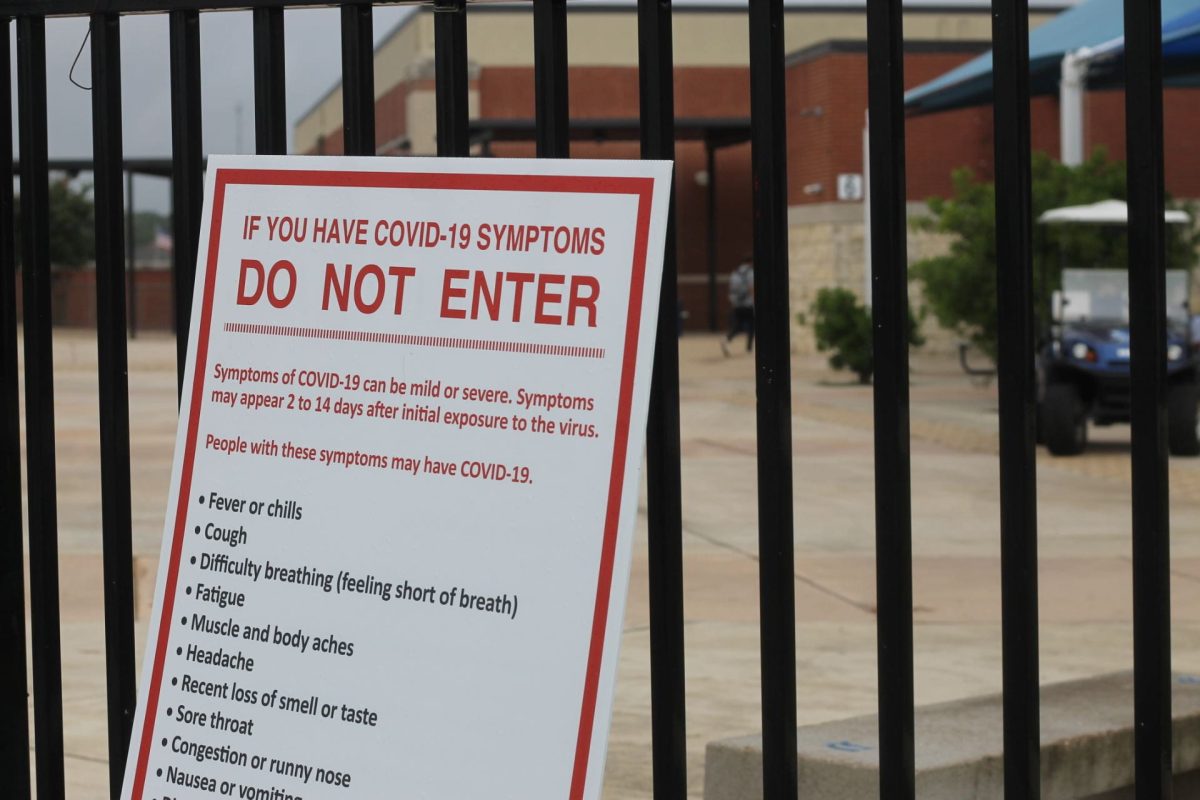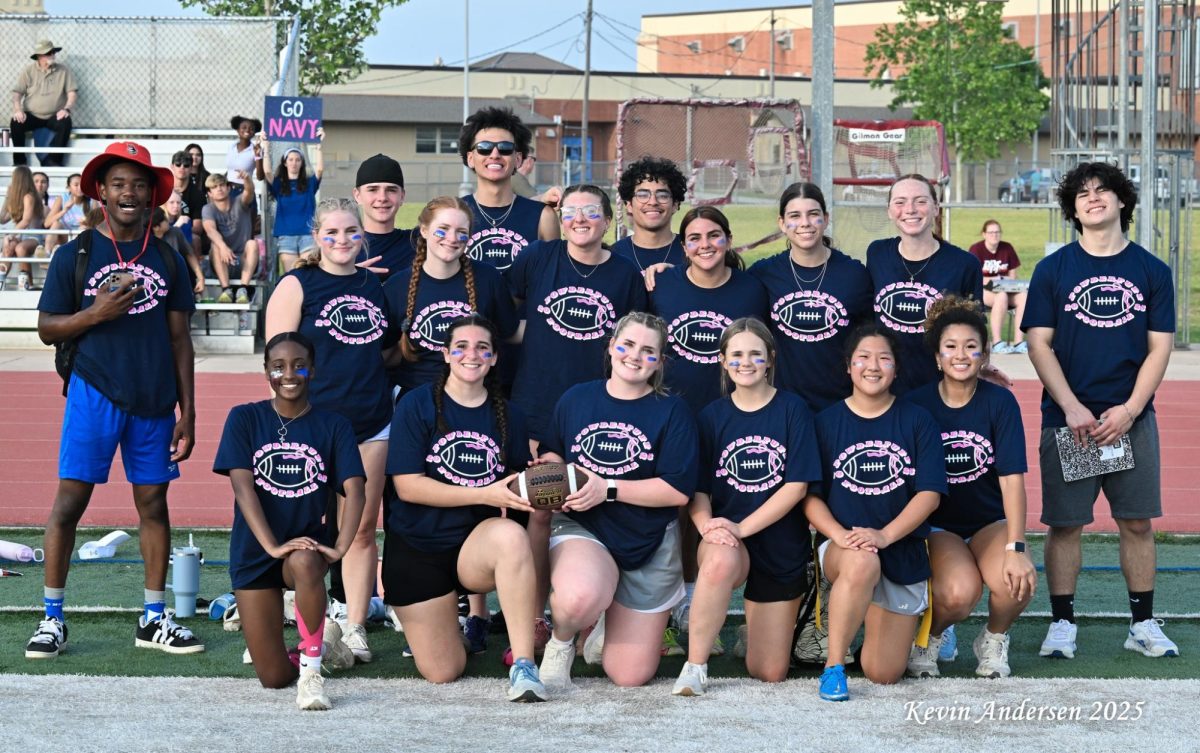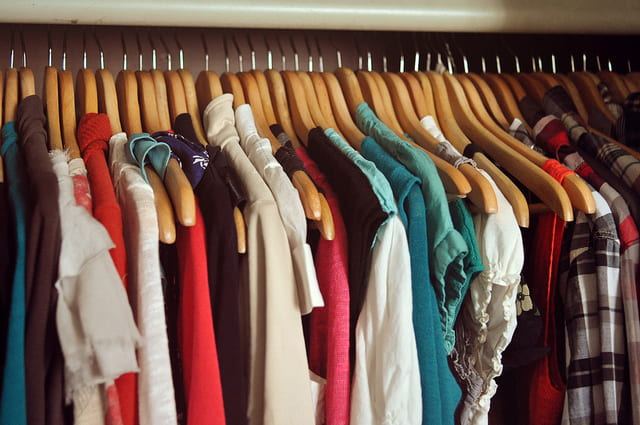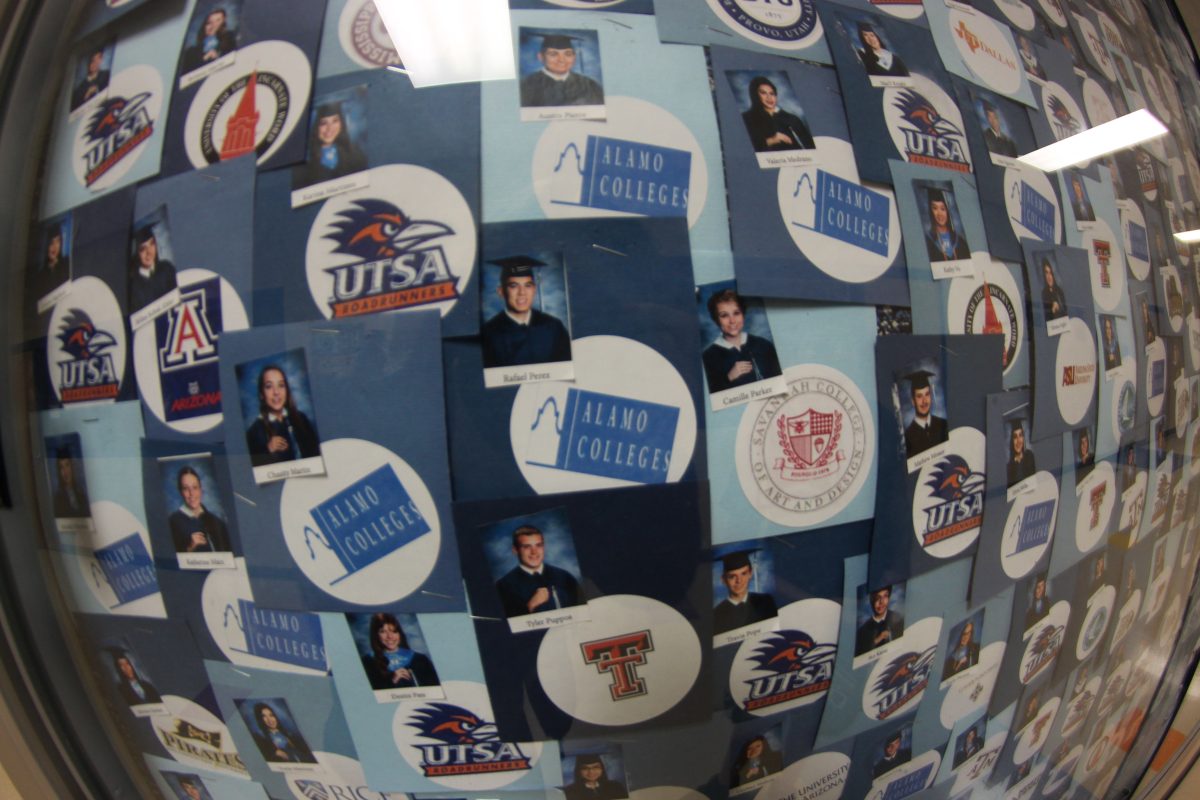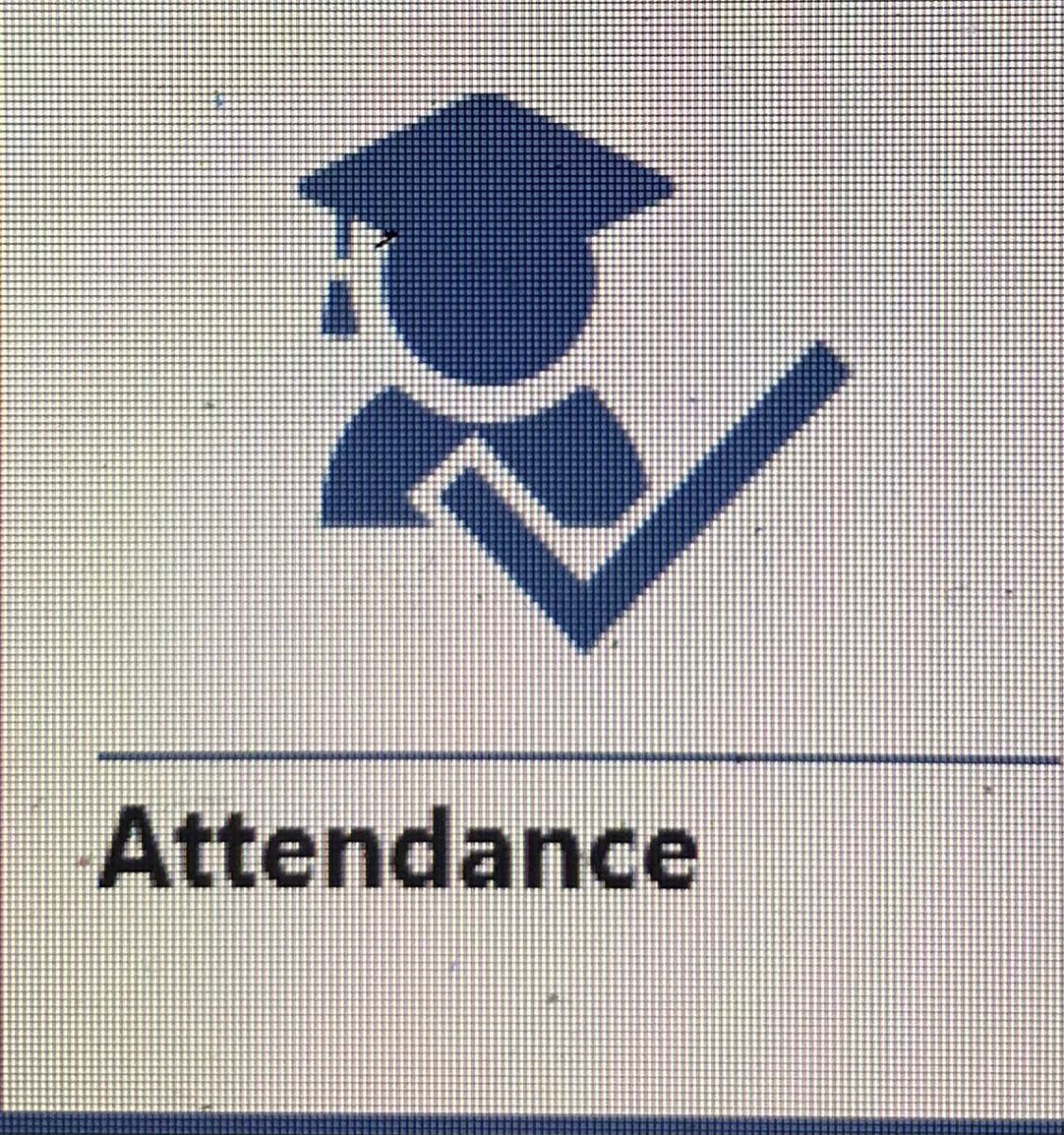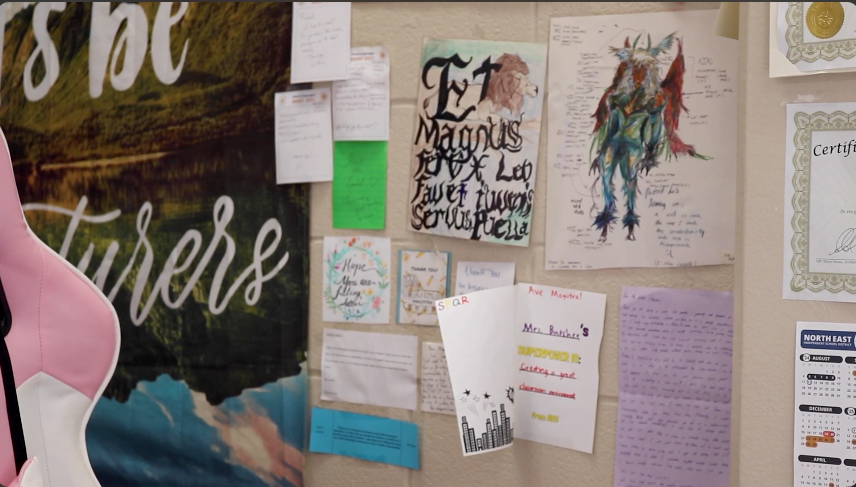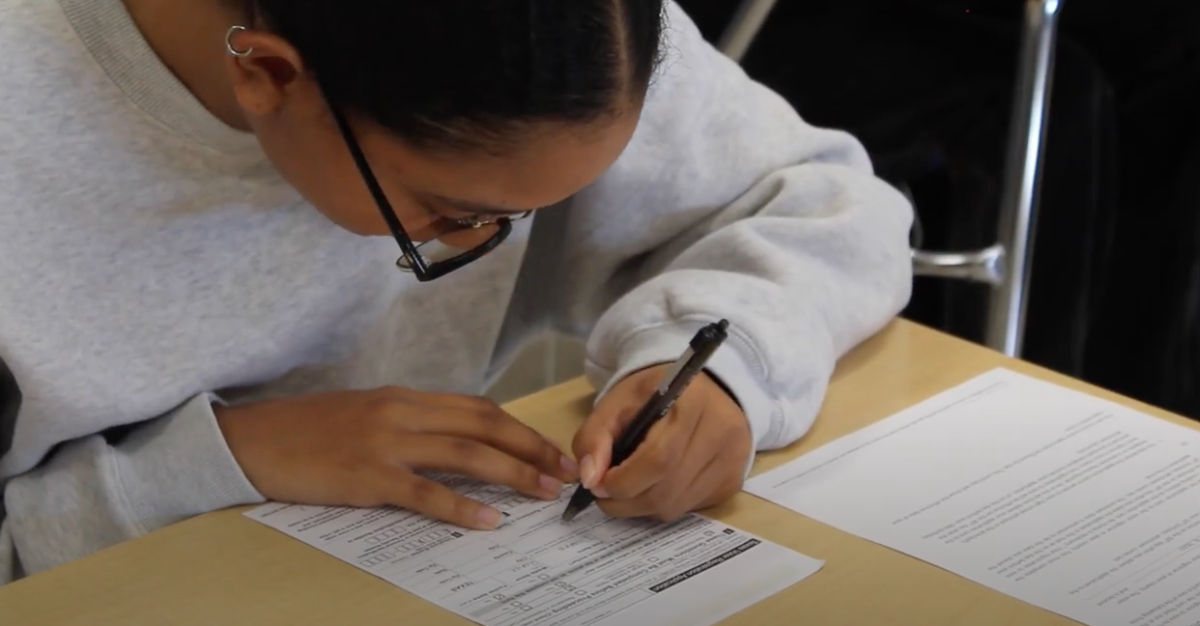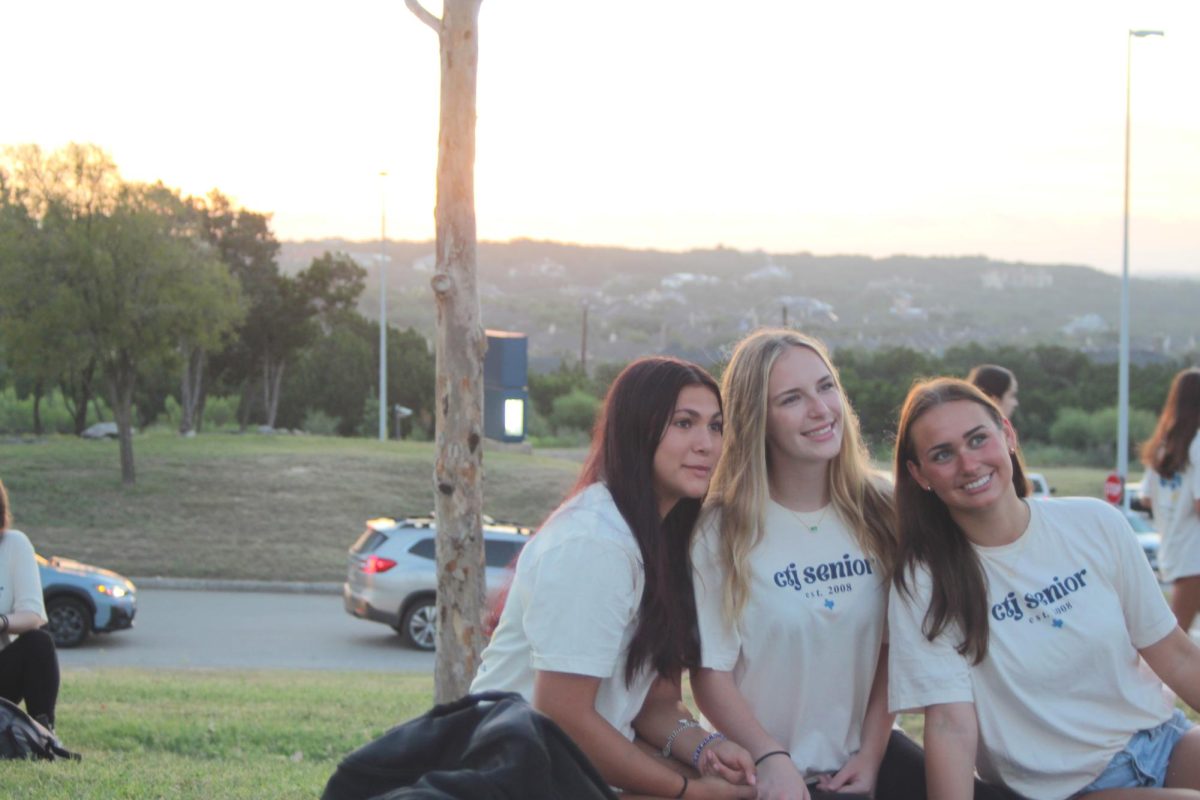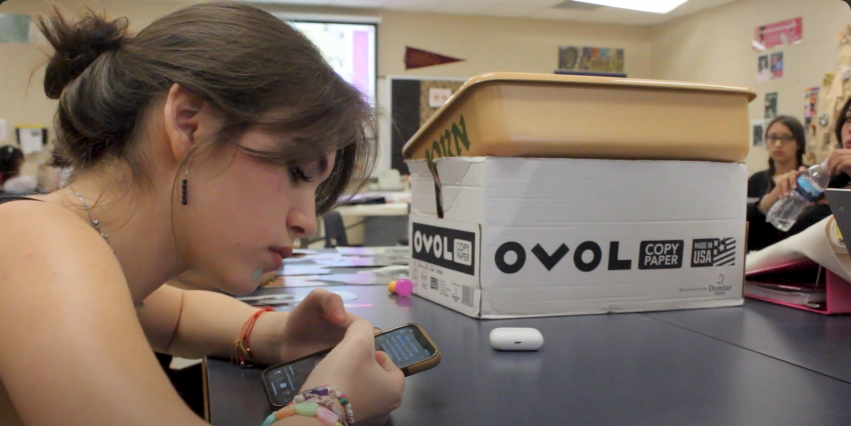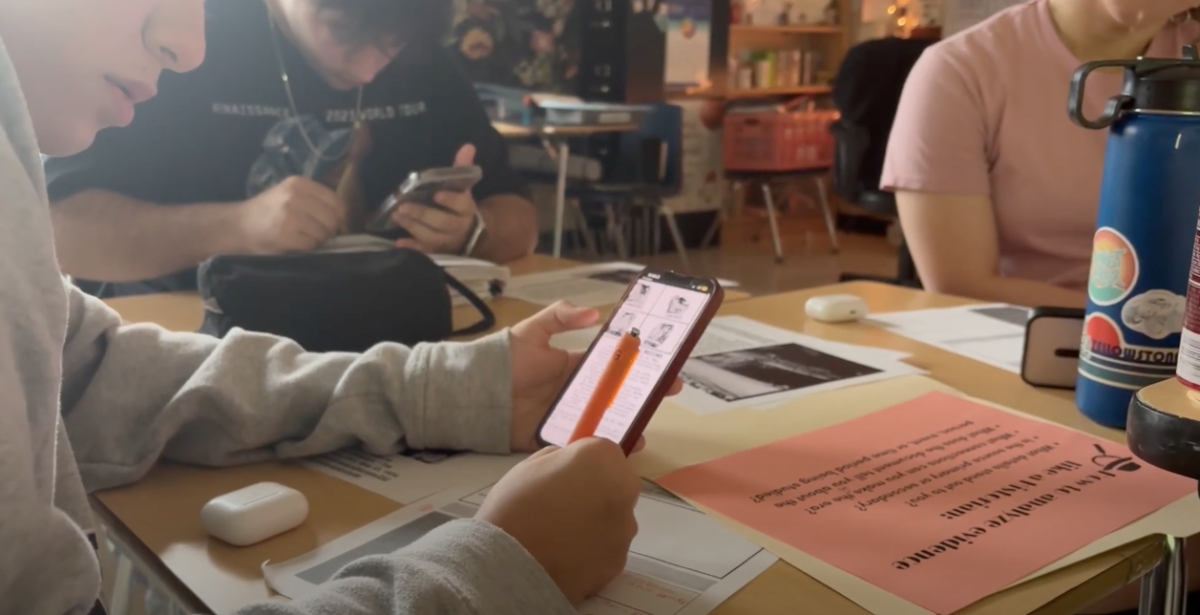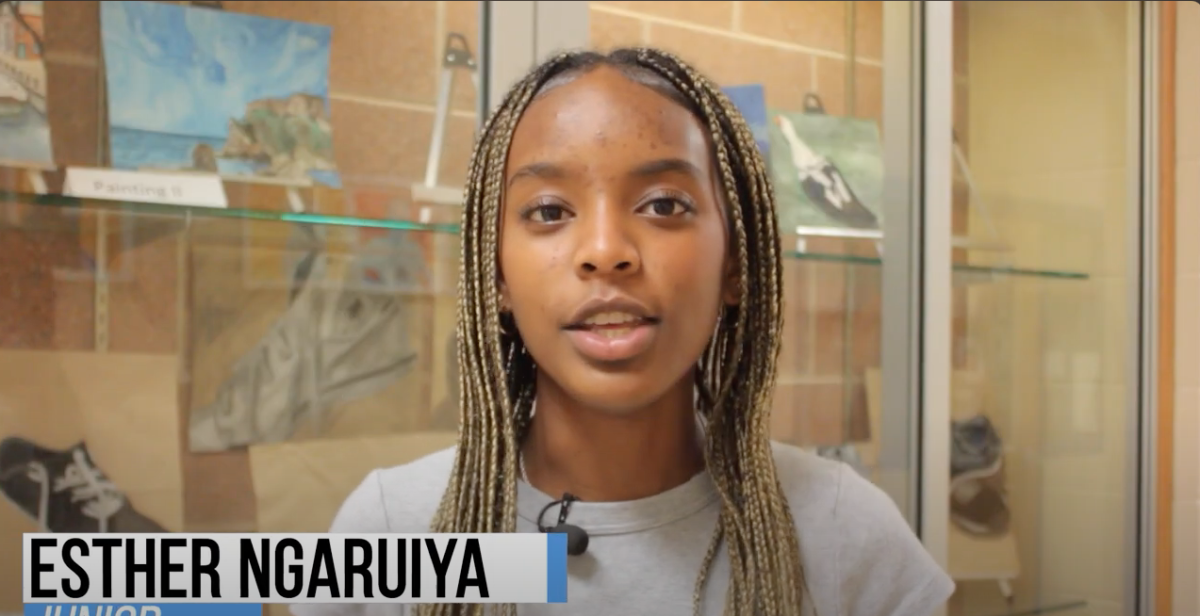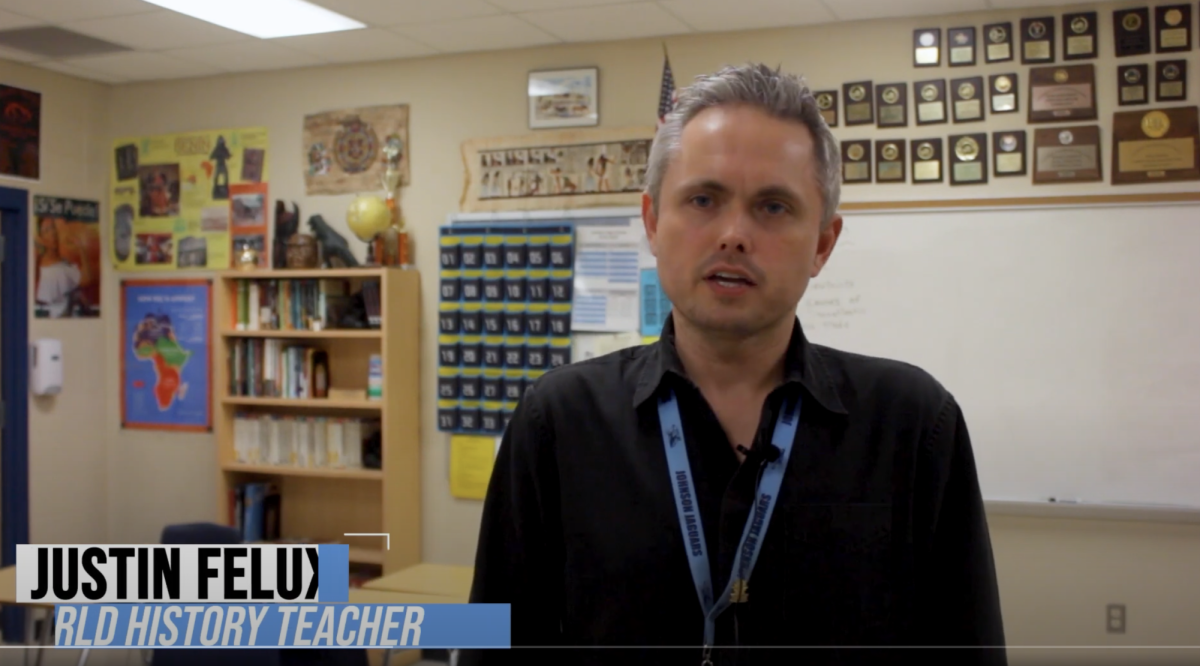by Joseph Sweeney | editor-in-chief
Following a rise in COVID-19 cases after the holidays, junior Sara Vilera asked herself the question: will NEISD schools be closing again?
“I am definitely scared of schools closing again because I don’t work well at home,” Vilera said. “Schools closing again not only mean that COVID numbers have spiked a whole lot, but also virtual learning is just an awful experience that I don’t want to repeat because all the tests seem fake and the assignments feel like a joke, not to mention how distracting it is to work at home.”
Currently, NEISD has stated that there are no plans to close schools or otherwise scale back in-person instruction.
“The big thing on why schools aren’t closing, specifically North East and pretty much all around the city, there is proof that that is not where the issue is,” Principal Gary Comalander said. “Not only Johnson, but schools around the city, there’s very, very few cases of a student or staff member catching or becoming positive because of contact at school. We still have none – knock on wood – almost every school has had one or zero issues with contact at campus being the reason someone else gets it. It’s always stuff that’s happening outside the campus.”
Though currently unlikely, there is a chance of government agencies stepping in and closing schools down.
“City wise, they cannot close schools. The Bexar-Metro health can only close a facility if there is an outbreak there. So, they’re not able to make that decision,” Comalander said. “The only ones that can close the schools are the state, which is the governor and education commissioner and TEA, they can do that, but right now, they have said that they feel very confident that schools are safe, and unless there happens to be an outbreak at a school, which there have been very few of in the entire state, they are not going to close schools.”
Students can rest assured, however, as the spread of COVID-19 is unlikely to happen when on-campus.
“It’s very interesting: just this morning, the CDC sent out a report that schools are super safe and that the issues are not at schools, and that the scares back in August, September that it would be like some of the mass spreads at long-term facilities, places with senior citizens, is not happening at schools because people are following the guidelines,” Comalander said.
While the number of COVID-19 cases detected on-campus have been low, NEISD has still enforced strict guidelines in order to combat any potential of community spread.
“We’re staying with what we’re doing because it’s working,” Comalander said. “Do we tweak things? Yes: we make sure that we take care of cleaning before and after school, for the next day of classes, and students coming in, we take extra precautions to make sure that any student or staff member shows any symptoms, it doesn’t mean that they are sick with COVID or are COVID positive, it’s just, you know, they do have a symptom, so we make sure we clean that area well before anyone else goes in there. Ninety percent of the time, we find out that they don’t even have COVID.”
The number of positive cases detected on campus have correlated with case increases city-wide, though in-person cases have not been found to be more common within certain groups on-campus, such as student athletes.
“It is very much random. I don’t know the exact numbers, but I would be willing to say that close to two thirds have been virtual students. Very, very few have been in-person,” Comalander said. “And most of the time it’s ‘I was with a family member,’ or a father or mother that caught it at work, and you’re in the same house and now that student has it, or you’re getting together with your friends on the weekends and, once one person has it, the rest of them have it.”
In terms of remote learning, students will also find little change, as asynchronous classes will continue to be offered, though taking advantage of them may be ill-advised.
“The Texas Education Agency has declared that everyone must provide that for this school year of 2021. As long as the state tells us to, we would provide both virtual learning and the ability to work asynchronously,” Comalander said. “I would prefer we did not have asynchronous, because I think that is a difficult thing to do for most, and not just students, just about anybody. I would hate to try to learn something that I don’t know and not be face-to-face, even on the screen, or in-person, with the person teaching. It’s a difficult thing to do. There are some students that are being successful asynchronously, but it is showing the most issues out of any of the learning we have.”
All students are still encouraged to come back however, for the sake of their grades and the efficiency of the remote learning system if cases were to continue to rise.
“Although schools are one of the safest public areas during the pandemic, it makes sense that parents wouldn’t want to send their kids back to school,” Vilera said. “But if their children are struggling with virtual learning, maybe they should think twice and look at the numbers, especially since for now they can pull their kids out of school if the COVID cases spike again.”
Deadlines for students to return to school are set for February 3, March 5, and April 16.
“The invite is out there. We would love to have everybody come back to campus. The opportunity is out there for people to come back,” Comalander said. “We do target-invite those that are struggling because we do think it will help them, but, at the same time, if it’s what’s best for a family to not be on campus, for whatever reason, they have that choice to stay virtual. There’s not anything that we’re going to do to make anybody come back except that when you’re back, we’re glad to have you back on campus.”


